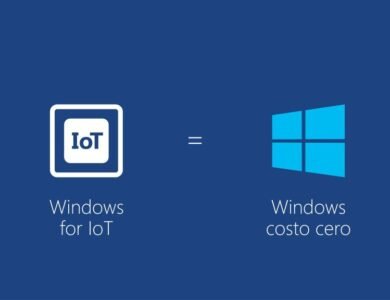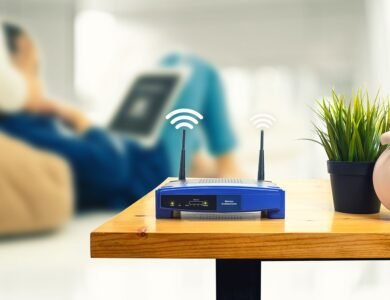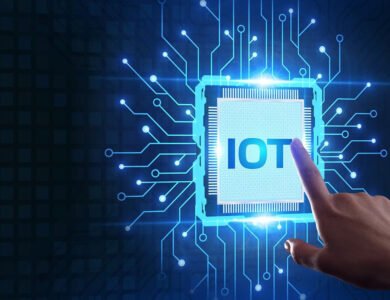The Industrial Internet of Things (IIoT)
Welcome to the transformative internationalization of the Industrial Internet of Things, or IIoT, as it’s usually known. Can you consider a time when industries functioned without the assistance of the Internet? It seems like a lifetime ago; is it no longer there? That’s how ingrained IIoT has ended up in our business landscape.
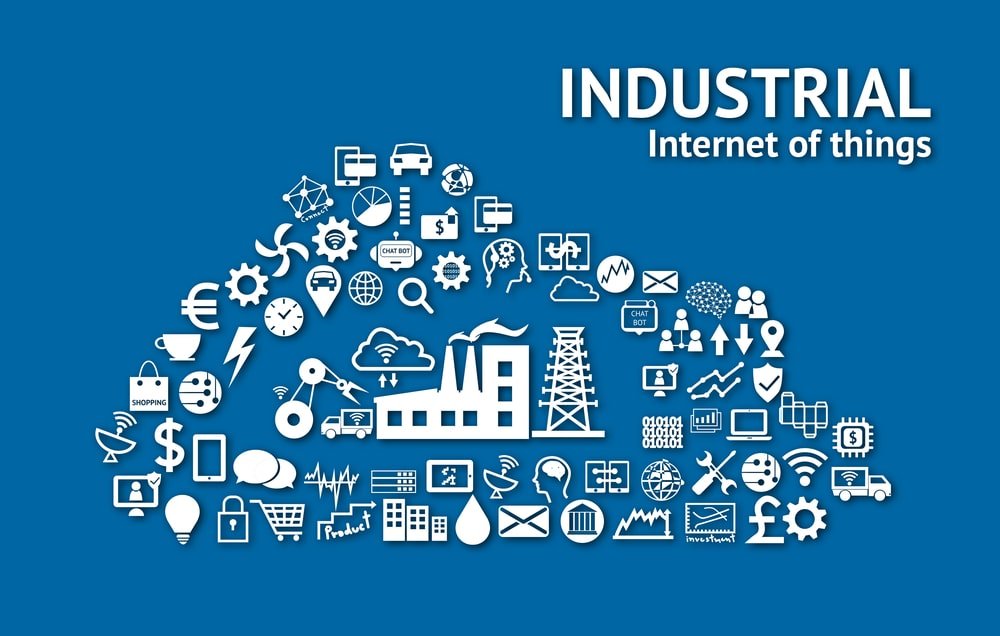
-
Brief History of IIoT
Our experience begins in the last part of the 1990s, with the presence of machine-to-machine (M2M) correspondence. This laid the basis for the interconnected business and biological systems we see today. Fascinating.
-
Importance of IIoT
The upward push of the Industrial Internet of Things isn’t always only a technological revolution; it is an enterprise one too. By leveraging IIoT, agencies can pressure unheard-of tiers of efficiency, lessen operational costs, and create new sales streams. It’s like coming across a goldmine in your backyard!
Core Components of IIoT
To apprehend the Industrial Internet of Things, we want to dig into its middle components.
-
Sensors and Devices
The sensors and gadgets that accumulate facts from machines and processes are at the coronary heart of the Industrial Internet of Things. Think of them because the eyes and ears of an IIoT system offer real-time insights into what is taking place on the manufacturing unit floor.
-
Connectivity
Once facts are collected, they wish to be transmitted for processing and analysis. This is where connectivity comes in, performing because the superhighway for facts travels.
-
Data Processing and Analysis
This is the mind of the IIoT, in which uncooked facts are converted into actionable insights. It’s like having a crystal ball that predicts system screw-ups earlier than they happen!
-
User Interface
Last, however, now, no longer least, there may be the person interface—the window through which human beings engage with the IIoT system.
Key Benefits of IIoT
The impact of IIoT on industries is profound.
-
Efficiency and Productivity
With ongoing checking and information examination, IIoT assists organizations with becoming less fatty and more proficient, like clockwork.
-
Predictive Maintenance
Suppose you could forestall apparatus breakdowns before they occur. With IIoT, you can do precisely that.
-
Safety and Compliance
The Modern Web of Things likewise improves laborer well-being and guarantees administrative consistency, a shared benefit for organizations and laborers.
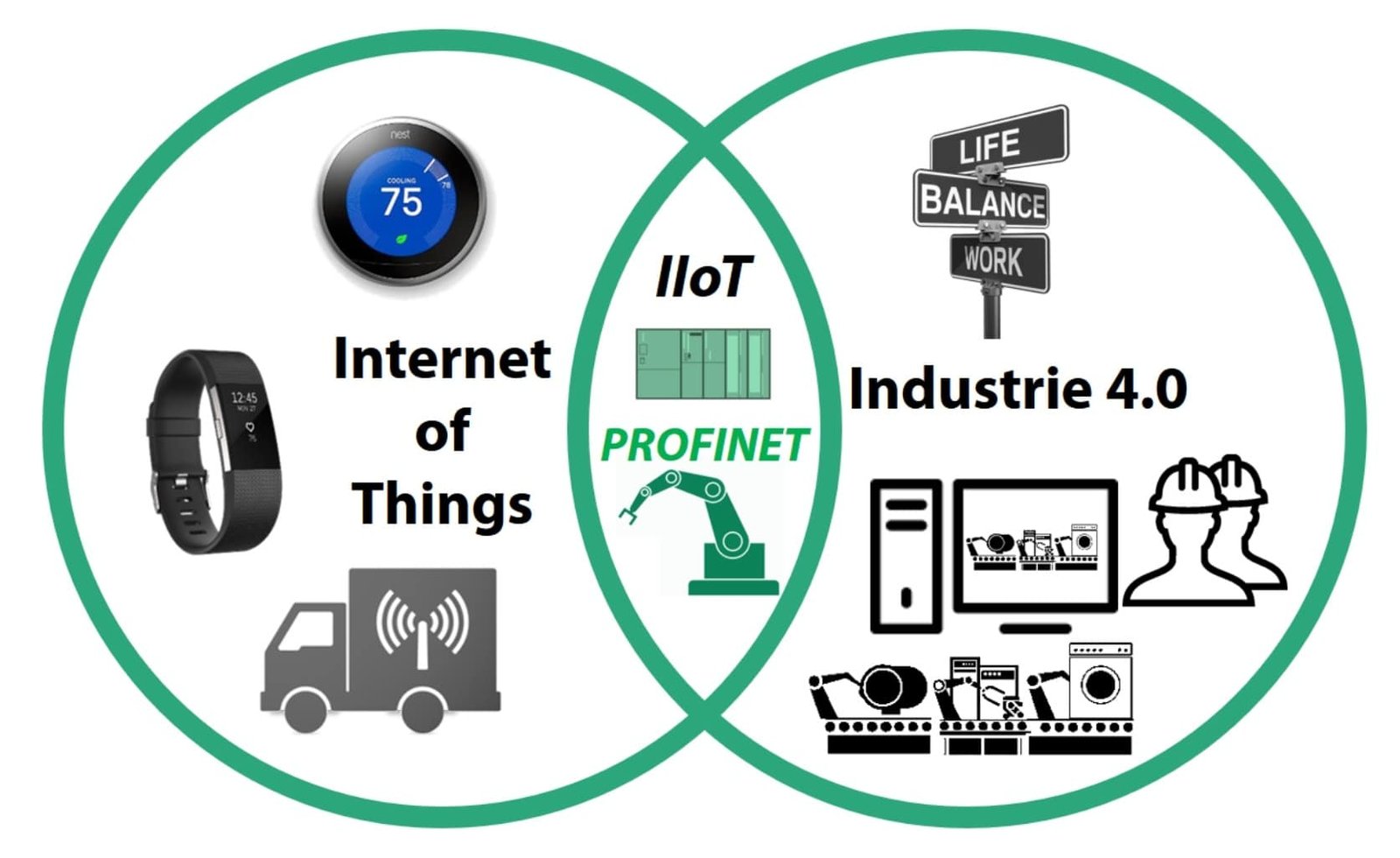
Real-world Applications of IIoT
You might be wondering: Where is IIoT being used?
-
Manufacturing
From upgrading creation lines to improving quality control, IIoT changes how we produce merchandise.
-
Energy
In the energy area, IIoT is utilized to shrewd network the executives, lessening energy squandering, and advancing manageability.
-
Healthcare
Indeed, even the medical services industry isn’t safe from the IIoT upset, with shrewd gadgets upgrading patient consideration and emergency clinic tasks.
Future of IIoT
The destiny of IIoT is greater interesting than ever.
-
Role of AI and Big Data in IIoT
With AI and huge record improvements, IIoT is ready to become even smarter and more predictive. It’s like giving your production unit a mind of its own!
-
Challenges and Opportunities
While there are difficulties, including network safety and data security, the conceivable outcomes provided through IIoT offset the dangers.
Role of AI and Machine Learning
Future IIoT frameworks are expected to be driven by AI (ML) and man-made brainpower (simulated intelligence), making them more modern and independent.
Conclusion
To summarize, IIoT is upsetting ventures by utilizing the strength of networks, data, and examination. It’s like a virtual grasp key, unlocking untold possibilities for agencies across the industrial Internet of Things, even though it is in its nascent stages and is ready to revolutionize industries via means of growing operational efficiency, imparting predictive protection capabilities, and plenty more. With the non-stop technological improvements, it is handy to count the number of times before IIoT turned into a well-known technology throughout all commercial sectors.
FAQs
How does IIoT work?
IIoT works by connecting sensors and devices to a network, enabling real-time data collection and analysis. This data is then used to optimize processes, predict failures, and enhance decision-making.
What are the benefits of IIoT?
Some key benefits of IIoT include improved efficiency and productivity, predictive maintenance, enhanced safety, and regulatory compliance.
Where is IIoT being used?
IIoT is being used across various sectors, including manufacturing, energy, and healthcare.
What is the future of IIoT?
The future of IIoT is expected to be shaped by advancements in technologies like AI and big data, creating more intelligent and predictive industrial ecosystems.
Rate our article (Understanding: The Industrial Internet of Things)How much do you like article?


